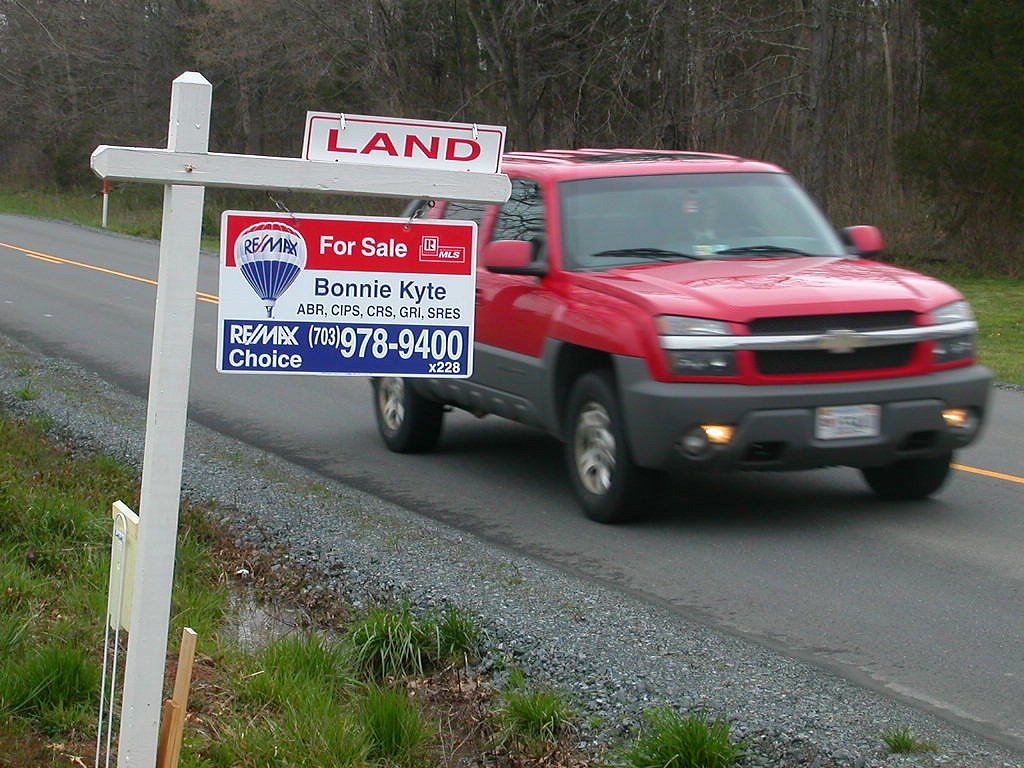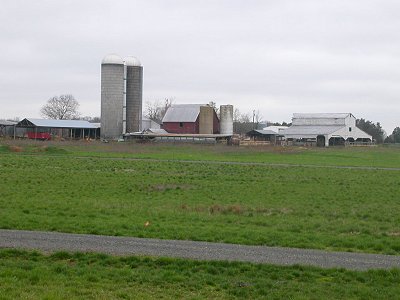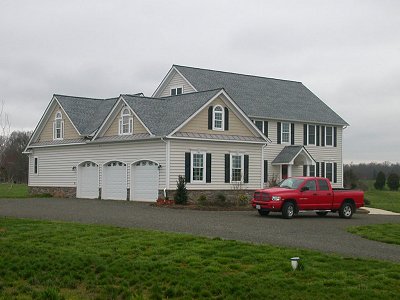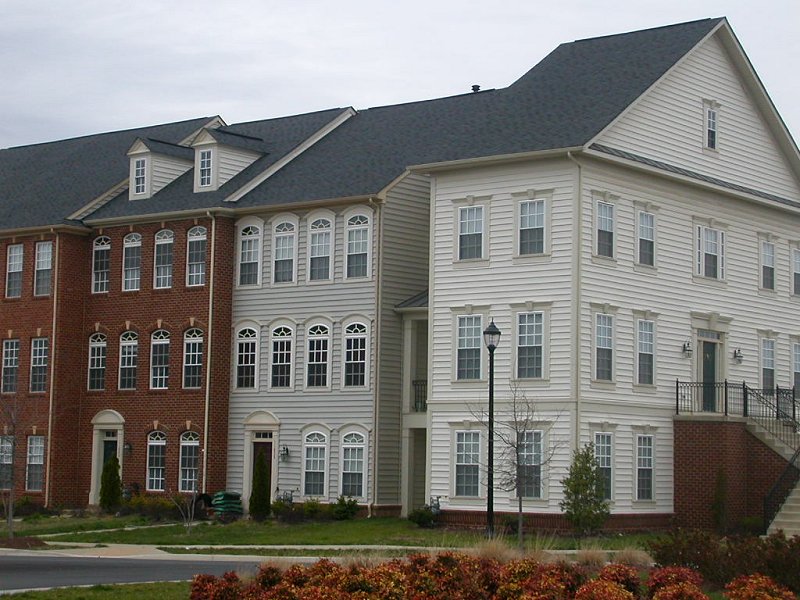
what reshapes the landscape of NOVA
Why should we set aside only a few places as "designated cultural resources"? Shouldn't every place be a special place, protected from changes that alter the look of the buildings or the setting in which they are located?

Obviously, that's not realistic. Deciding what should be conserved, and who should pay for it, can generate some stimulating discussions on what constitutes "true conservatism" or "conservation." You may hear a low-tax, anti-government advocate agree with a free-spending liberal and say "someone should save that old place" - until the discussion reaches the point of who should finance the project. To really get the debate rolling, ask the advocate for saving that old place to replace "someone" with "me and my fellow taxpayers."
Fairfax County spent $16 million for a conservation easement to protect Salona from inappropriate change. Think the taxpayers would finance preserving the setting of your elementary school playground, to protect your fond memories of swinging on the swingset as a 6-year old?
In my experience, once the rephrased sentence requires the talker to identify how he/she could "walk their talk" through volunteer action or money, the desire to save old places tends to diminish. That's why most of the places people talk about saving are, in the real world, changed by development. We might blame the evil forces of capitalism. We might use colorful language to note the failure of developer's parents to get married and raise a responsible adult. We might question the honesty of our elected officials - but look around. Perhaps everyone really is "ignorant of history" or "on the take," but maybe there basic socio-economic forces at work that cause old-looking places to be replaced by new-looking places... and then to replace those new-looking places a few decades later.
In some regions of Virginia, population growth is minimal and little change is visible. Trees grow taller, and don't get converted into townhouses. Williamsburg was available for restoration 80 years ago in part because the area had been so poor, for so long, that no one had been able to afford to tear down colonial-era buildings and replace them with "modern" structures.
In a region with wealth, where landowners can get mortgages to build new structures, there is much higher potential for old structures to be replaced every 20-50 years. That is a key assumption behind "smart growth" advocacy, where public investment in transportation infrastructure (such as Metrorail in Arlington County) can trigger dramatic land use changes in just 30 years. Fairfax County, with its wealth and high conmfort level with high-tech tools, is using 1937 aerial images and Geographic Information System technology to assess change over time.
Read:
 Cornwell Farm, one parcel away from Asbury Church south of Nokesville |
 modern (2007) house between Asbury Church and Cornwell Farm |
In the end, no matter what political perspectives are exposed in the discussion, everyone will acknowledge that change happens and all places can't be frozen in time, no matter how much money we might spend from private or public pockets.
By downzoning the Occoquan watershed east of Clifton, Fairfax County ensured development would be limited on 41,000 acres. By designating a Rural Area on the Comprehensive Plan map, Prince William County limited the number of houses that would be built on 80,000 acres. However, in both areas the landscape will be transformed into large-lot suburbia.
The natural forests that covered Northern Virginia were affected only slightly by the first 15,000 years of human occupation. In the last 300 years, the forests were cleared (except for woodlots) to create farm fields for tobacco, then corn/wheat. In the last century, as transportation made it really cheap to ship grains from the Midwest and fruits/vegetable from California/Florida and even overseas. Northern Virginia cropland was converted into open pasture for dairy and beef cattle.
In some cases, woods grew up after farming became too expensive (because laborers left the farm for better-paying construction jobs). Now fields and large stretches of deep woods are being interrupted with a checkerspot pattern of open grassy yards. Bird species who need large blocks of forest, such as the wood thrush and the pileated woodpecker, are being pushed out as their habitat is transformed.
Brown-headed cowbirds and deer love the new habitat created by humans, but clearly the limits on new development do not mean the old landscape is being conserved. Dense apartment complexes and strip malls are not being developed, but the land is being converted. It's turning into large-lot suburbia, in a conscious decision made through the planning and zoning process (and the decisions of many private property owners and mortgage companies to invest in building houses).

Quantico Marine Corps Base was once the home of a major concentration on Lustron homes. These were prefabricated steel homes with exteriors that came in only four colors (Surf Blue, Maize Yellow, Dove gray, and Desert Tan). Lustron homes were manufactured in 1949-50 in in Columbus, Ohio, in an old aircaft factory converted after World War Two to meet the incredible demands for housing the parents of the baby boom generation. The housing demands for modern Marine families were not met by 2-bedroom, 1-bathroom structures. The Marines offered free Lustrons to any takers, who had to remove the houses so the Marines could build modern structures on the same site.
Read: